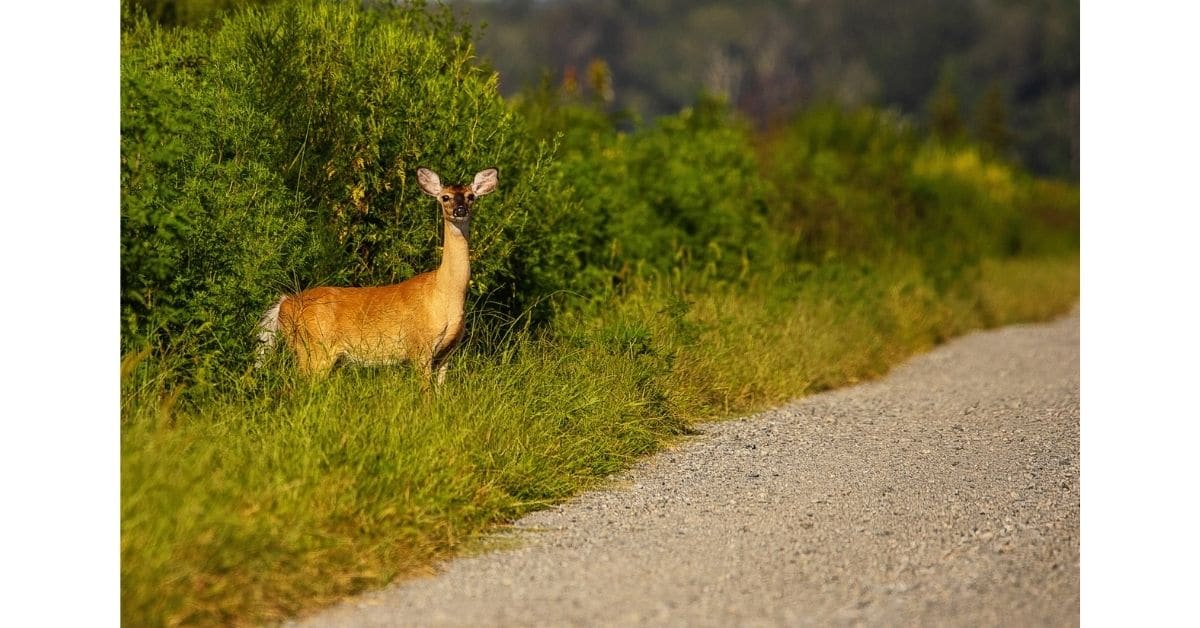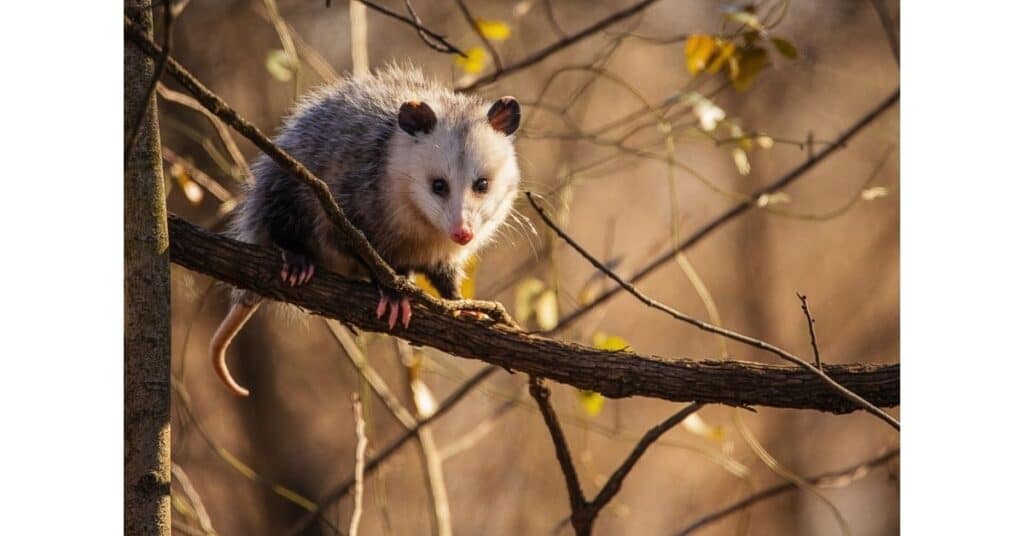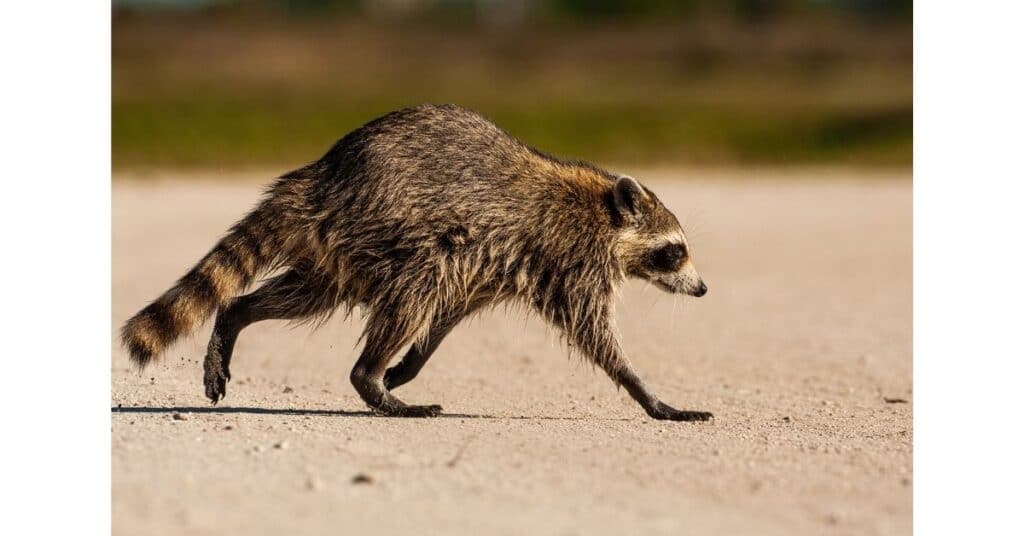
What Are Wildlife Corridors and Crossings and Why Are they Important to Virginia
Photos and Text by Lori A Cash | February 05, 2022
Lori Cash is a partner photographer with Wild Virginia and generously donates her images to us.
Imagine yourself driving along a dark highway at night. Suddenly, you see movement right in front of you on the road. An adult deer starts walking across the road. Now, imagine you are this deer just trying to get across the road to get to some food. This is a very common scene. A scene where wildlife and drivers collide on the roadways, which happens often in the United States, and, very much so, in the Commonwealth of Virginia.
Statistics for Vehicle-Animal Collisions
State Farm’s annual statistics show on average that drivers in the United States have a 1 in 109 chance of colliding with an animal. According to State Farm there were over 2 million animal collision insurance claims filed in the United States between July 1, 2020 and June 30, 2021, which was an increase of almost 200,000 claims from the previous 12-month period.
Data from State Farm analysis shows Virginia is a high-risk state for animal-vehicle collisions. State Farm states Virginia drivers in 2021-2022 have a 1 in 75 likelihood of colliding with animals. Virginia ranks 15th in states with highest rate of vehicle-animal collisions for 2021-2022.
Solution to Reduce Vehicle-Animal Collisions

A great solution to decreasing the number of vehicle-animal collisions and the high costs associated with these collisions is to create wildlife corridors and wildlife crossings. During the Virginia legislature session in 2020, a Wildlife Corridor Action Plan was passed.
Then, in February 2021 the Virginia General Assembly passed legislation that continued to build upon the previous legislation to protect the wildlife corridors and to keep drivers safe.
Wildlife Corridors
A wildlife corridor is an area of habitat that connects populations of wildlife that are separated by various man-made structures such as roads, major highways, fencing, and housing developments. Wildlife moves between these lands on a daily and seasonal basis for water, shelter and food. They may roam in the large habitat area day or night. And most importantly, too, they do so to access their breeding sites. However, the wildlife are struggling more and more to connect to these habitats.
Corridors may help to restore populations of wildlife that have been separated by these man-made structures or due to natural disasters such as fire or tornado which caused damage to wildlife habitats. A wildlife corridor should be considered in an area in which there had been a natural disaster that destroyed important habitat areas for native species of Virginia. These natural disasters such as wildfires can cause the species of wildlife to relocate and move away. Therefore, it is extremely important that habitats are connected for safer passage of animals.
Fragmented corridors occur due to human development of land that separates these habitats and which then prevents wildlife from moving freely. These fragmented corridors are a threat to Virginia’s biodiversity. Misty Boos, Executive Director of Wild Virginia and a leader of the Virginia Safe Wildlife Corridors Collaborative, states that “habitat loss is a huge problem in our state, as the roadways are causing the problem and carving our ecosystems into pieces”. Creating better habitat or wildlife corridors is a good solution to connecting our habitats and increasing our biodiversity.
A major purpose of the corridors is to help increase the biodiversity in Virginia by bringing together fragmented ecosystems. Biodiversity is all the living things such as wildlife and plant species that impact a habitat’s ability to thrive. Bringing these fragmented ecosystems together will increase our wildlife and plant species’ abilities to survive. In turn this will create a healthier biodiversity for the habitats in Virginia.
Wildlife corridors are ways to connect wildlife to habitats where wildlife can roam free. Building bridges and tunnels or acquiring lands that are off-limits to human activity are ways to create wildlife corridors. The purpose of a wildlife corridor is to allow a safe transition zone for wildlife so that wildlife can thrive in these habitats by being able to freely roam and reach food, shelter and breeding sites.
Wildlife Crossings
Wildlife crossings are connections between habitats that allow wildlife to cross barriers such as roadways. Examples of wildlife crossings are underpass tunnels or overpass bridges which allow wildlife to safely cross roadways so that they can have access to habitats that are needed for water, food, shelter, and breeding. Often fencing on each side of an underpass will encourage wildlife and channel them to use the underpass in order to cross busy roads.
Virginia currently has a couple of underpasses that have been built to keep wildlife safe by giving them a safe passageway to cross some very busy areas of roads. One example is an underpass passageway created under a bridge on Highway 17 in the Dismal Swamp Canal area. Fencing along each side of the underpass was also installed to help direct wildlife species to use the underpass.
These wildlife crossings vary in size and help a diverse range of wildlife species including large mammals such as bear and deer, smaller mammals such opossums and foxes, and amphibians and reptiles like salamanders and turtles. Artificial wildlife crossings are constructed structures where there is a lot of human activity such as highways and busy roads.
A constructed overpass is a bridge built over a very busy road or highway so that animals especially the larger animals like elk, bear and deer can safely connect to their habitat on the other side of the road. Often these overpasses are green bridges and are landscaped in grass to provide a safe passage for wildlife to encourage them to keep moving despite a busy road or highway in their path.
Virginia Wildlife Corridors Action Plan
During Virginia’s 2020 Legislative Session, HB1695, was introduced and approved by the legislatures to create a Virginia Wildlife Corridor Action Plan. “The Plan shall identify wildlife corridors, defined as areas connecting fragmented wildlife habitats that are separated by human activities or infrastructure, and recommend wildlife crossing projects intended to promote driver safety and wildlife connectivity”.
In February 2021, with strong bipartisan support The Virginia General Assembly passed a second bill, SB1274, to help protect the wildlife corridors. SB1274 states, “Directs various agencies to consider and incorporate, where applicable, wildlife corridors and any recommendation of the Wildlife Corridor Action Plan. The bill directs the Department of Wildlife Resources to publish the Plan and subsequent updates on its website and to assist state agencies and political subdivisions, and by request any federal agency, in considering and incorporating, where applicable, wildlife corridors and the recommendations of the Plan when developing any governmental strategic plan, map, or action.”
Conclusion
Continued research needs to be performed throughout the Commonwealth of Virginia to find these hotspot areas where wildlife corridors and wildlife crossings are needed. This further research will help to identify particular areas in Virginia that are high risk areas for auto collisions with animals. Being able to create crossings on these hotspot areas will reduce the number of vehicle-animal collisions and help to keep human beings and wildlife safe. Reducing the number of vehicle-animal collisions will also save money as vehicle-animal collisions are one of the costliest type of collisions in Virginia.
Wildlife corridors and crossings can be expensive to research and plan as well as to build, implement and maintain. In 2017 a collaboration of different agencies and partners established the Virginia Safe Wildlife Corridors Collaborative (VSWCC). The VSWCC focuses on areas of connectivity research, wildlife crossings and informing conservation and is committed to protecting people and wildlife by reducing animal-vehicle conflicts and improving safe wildlife passage.

Virginia wildlife corridors and crossings will provide better biodiversity to Virginia and will benefit human beings through a healthier biodiversity as well as saving the lives of humans from the vehicle-animal collisions. “We are basically setting ourselves up to fail if we don’t look at the landscape through the eyes of these animals”, stated Misty Boos.
As humans continue to dominate with building more and more man-made structures and housing developments, the wildlife corridors and crossings will become even more necessary to help protect Virginia’s wildlife species.
Sources
Misty Boos, Executive Director of Wild Virginia and a leader with Virginia Safe Wildlife Corridor Collaborative, https://wildvirginia.org/ and https://vswcc.weebly.com/
State Farm Simple Insights, https://www.statefarm.com/simple-insights/auto-and-vehicles/how-likely-are-you-to-have-an-animal-collision#:~:text=New%20data%20shows%20U.S.%20drivers,State%20Farm%C2%AE%20annual%20analysis.
HB1695, https://lis.virginia.gov/cgi-bin/legp604.exe?201+sum+HB1695
SB1274, https://lis.virginia.gov/cgi-bin/legp604.exe?211+sum+SB1274